Sign up for workout ideas, training advice, reviews of the latest gear and more.

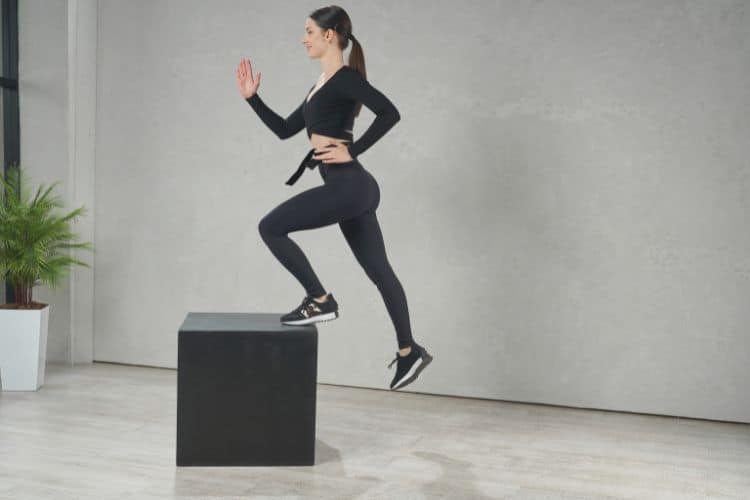
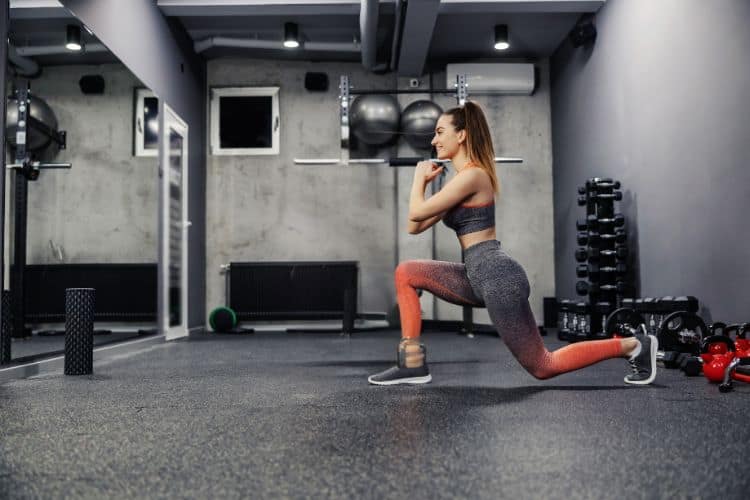
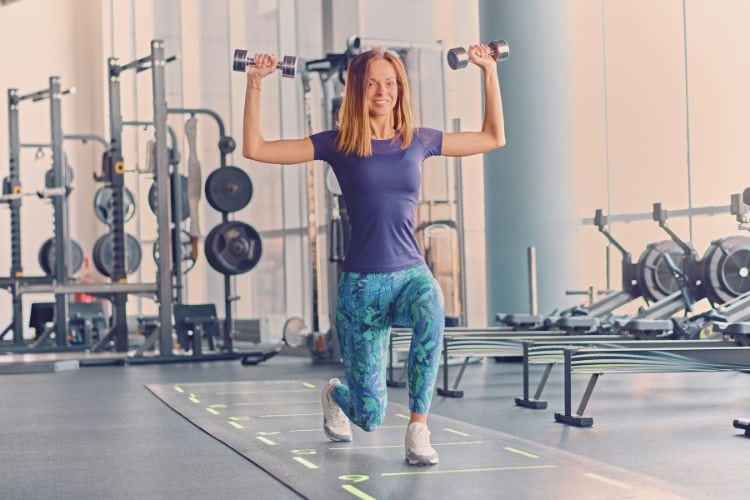
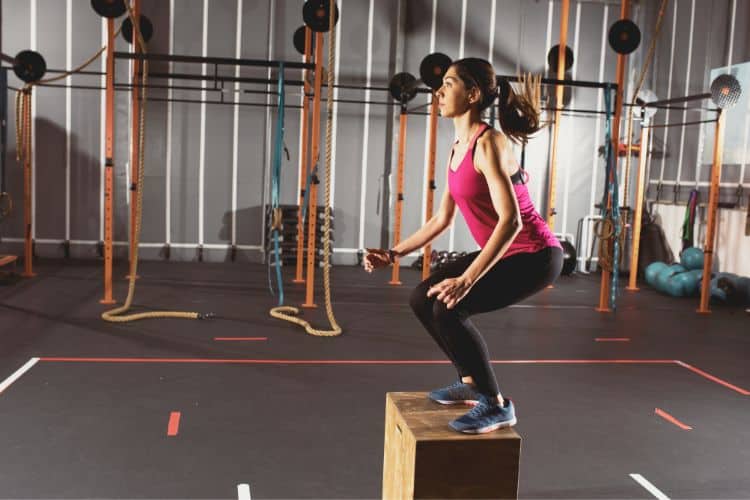
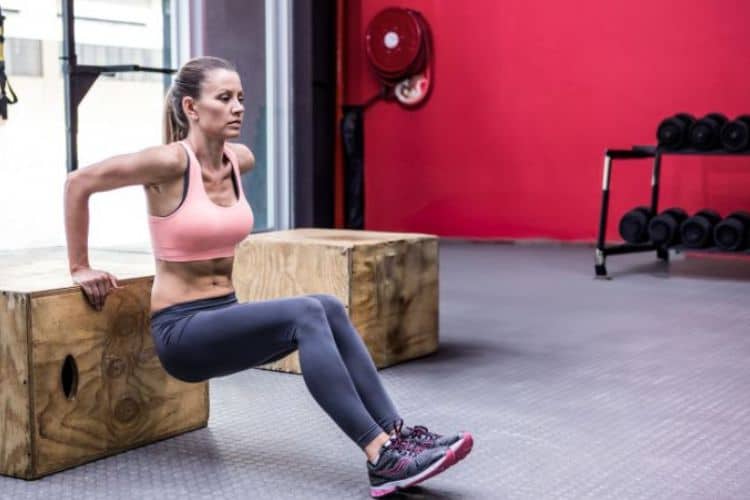
High-intensity interval training (HIIT) has become one of the most effective ways to build muscle, torch fat, and improve endurance in less time. While many HIIT programs focus on full-body or lower-body moves, the upper body often gets less attention. That’s why a 20-minute upper body HIIT workout is perfect for anyone who wants to tone arms, shoulders, chest, and back while keeping their heart rate elevated for maximum calorie burn.
This workout is designed to be quick, efficient, and adaptable. Whether you’re a beginner looking to boost strength or an advanced athlete pressed for time, you’ll walk away from these 20 minutes feeling stronger, more energized, and ready to take on the day.
One of the main benefits of HIIT is efficiency. In just 20 minutes, you can combine strength training and cardio, eliminating the need for long gym sessions.
Unlike isolation workouts, HIIT emphasizes compound movements that engage multiple muscle groups. You’ll strengthen your chest, shoulders, arms, and back while also activating your core.
HIIT creates an “afterburn effect” known as excess post-exercise oxygen consumption (EPOC), where your body continues to burn calories long after the workout ends.
Because HIIT alternates between high-intensity effort and short recovery periods, your cardiovascular system adapts, leading to better stamina and endurance.
This workout can be done with just your bodyweight, but you can also add dumbbells, resistance bands, or kettlebells for extra challenge.
Before diving into the HIIT intervals, warming up is essential to prepare your muscles, improve blood flow, and reduce the risk of injury. Spend at least 3 minutes moving dynamically:
The structure is 40 seconds of work / 20 seconds of rest for each move. Complete all exercises in a circuit, rest for 1 minute, then repeat for 3–4 total rounds (depending on fitness level).
A classic move to target chest, shoulders, and triceps. Keep your core tight and lower your chest to the floor before pressing back up.
Shift your body into a downward dog position with hips raised high, then bend elbows to lower head toward the floor. Excellent for shoulders.
Start in a high plank, tap each shoulder while keeping hips steady. Builds shoulder stability and core engagement.
From a high plank, row one arm at a time toward your waist. Strengthens lats, biceps, and core.
Place hands on a sturdy surface behind you, lower hips toward the floor, then press back up. Focuses on triceps and shoulders.
Lie face down, extend arms forward, and lift chest off the floor while pulling elbows back. Great for back and posterior chain.
Start in plank, drive knees toward chest rapidly. Engages arms, chest, shoulders, and core while spiking heart rate.
Move between forearm plank and high plank by pressing up one arm at a time. Works chest, shoulders, triceps, and abs.
Classic calorie-burner. Drop into push-up, jump back up, and explode into a jump. Full-body power with extra chest and arm activation.
After 20 minutes of intensity, take time to cool down:
Because HIIT is fast-paced, it’s easy to let form slip. Proper technique ensures safety and effectiveness.
Over time, increase intensity by adding resistance, reps, or rounds. For example, swap bodyweight push-ups for weighted push-ups.
The magic of HIIT lies in maintaining an elevated heart rate. Stick to 20–30 seconds of rest to keep the intensity high.
Use a fitness tracker or stopwatch to time intervals. Write down reps and try to improve each session.
For best results, pair this upper body HIIT workout with lower body and full-body sessions throughout the week.
Here’s how you can integrate this 20-minute upper body HIIT workout into your routine:
After HIIT, aim for 20–30 grams of protein to repair muscles and support growth. Lean meats, eggs, or plant-based protein shakes are excellent options.
HIIT is demanding. Consuming complex carbs like oats, quinoa, or sweet potatoes before training provides sustained energy.
Drink water before, during, and after your workout. Dehydration can hinder performance and recovery.
Include omega-3 sources like salmon, chia seeds, or flaxseeds to reduce inflammation and aid recovery.
This workout is suitable for:
Avoid if you have shoulder, wrist, or back injuries unless cleared by a medical professional.
You don’t need an hour at the gym to see results. A focused 20-minute upper body HIIT workout challenges your strength, endurance, and cardio all at once. Consistency is key—perform this workout 2–3 times per week, and you’ll notice improved muscle tone, better stamina, and increased fat loss in just a few weeks.
Want more workout and video guide?
Follow us on Pinterest, Facebook, and Subscribe to our Newsletter and Stay tuned for FREE downloads of our App coming soon!
Stay up to date on the latest women’s health, fitness and lifestyle trends and tips.